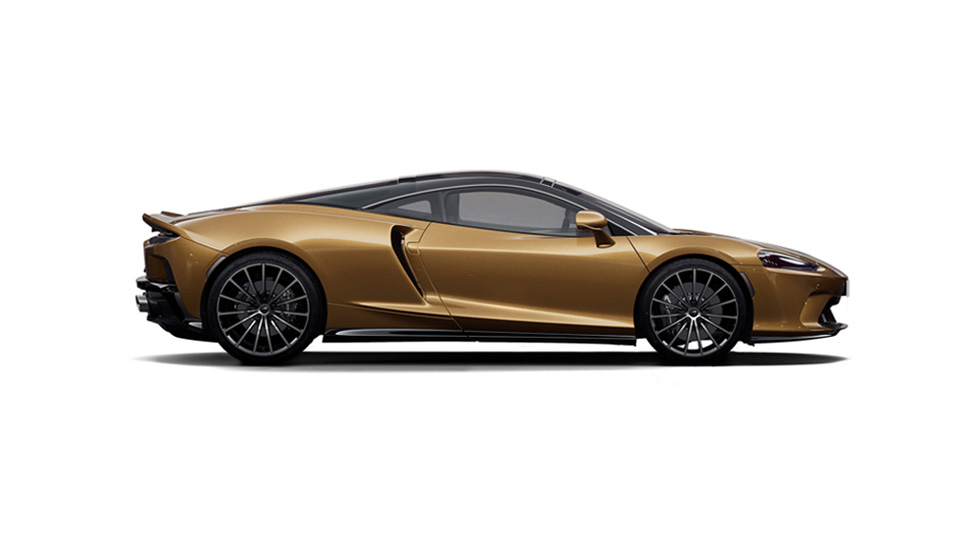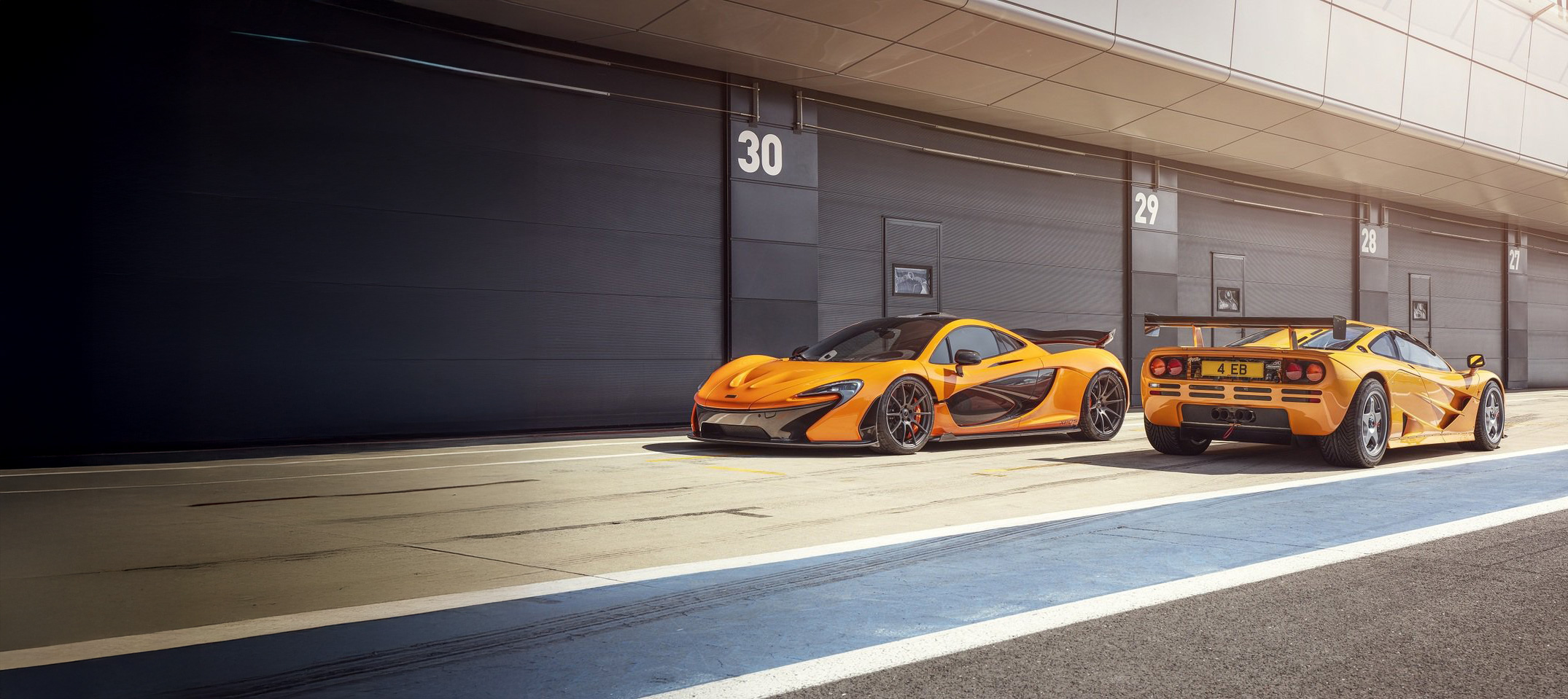
OUR CARS
From Bruce McLaren’s first racing car, a little Austin Ulster, to the legendary road and racing cars that still bear his name, every McLaren tells a unique story.
AUSTIN ULSTER
Bruce McLaren's earliest competitive driving experience came at the wheel of a modified 1929 Austin Ulster. Bought in bits by his father who had planned to restore and sell it, 13-year-old Bruce convinced him they could turn it into a race car.
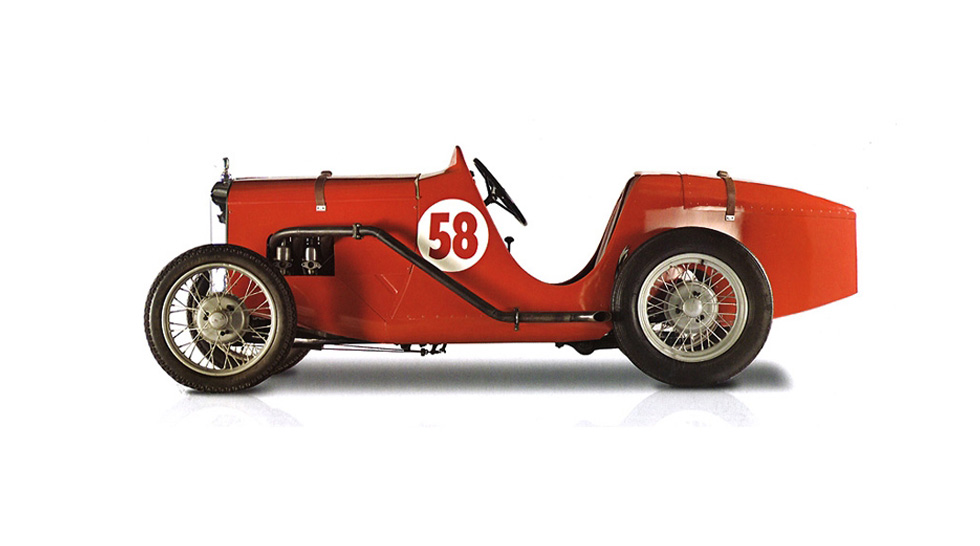
McLAREN M1B
Designed and hand built by Robin Herd and Bruce McLaren, the M1B was the official 1965 McLaren team car. Painted a distinctive red, the all-alloy prototype made its debut at the Canadian Grand Prix. Leading for 96 of the 100 laps, Bruce and the M1B had to settle for second place after a thrilling battle with Jim Hall.
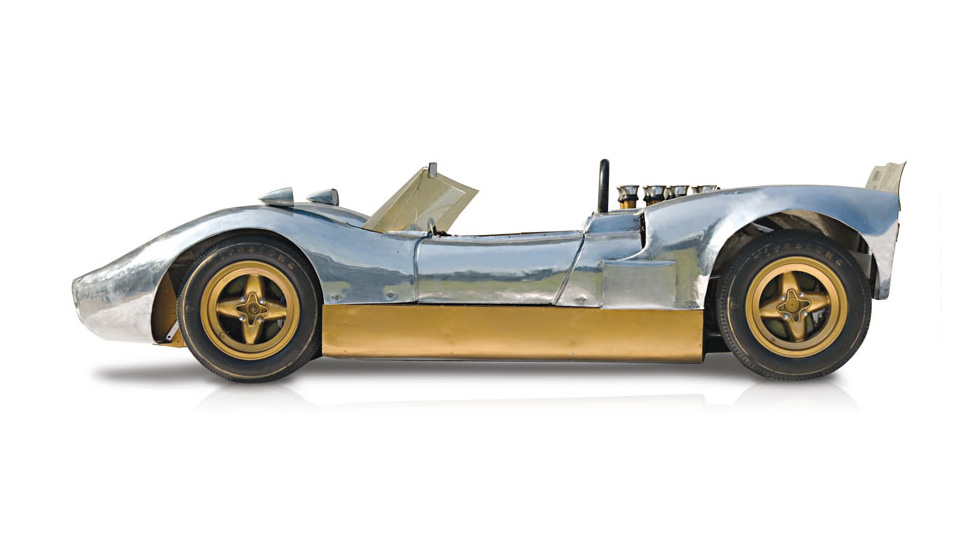
McLAREN M6A
A major turning point in McLaren's fortunes, the M6A was the most successful car Robin Herd designed for the team in 1967. One of the finest handling machines of its time, the M6A helped Bruce and Denny Hulme dominate the 1967 Can-Am series, winning five out of six races.
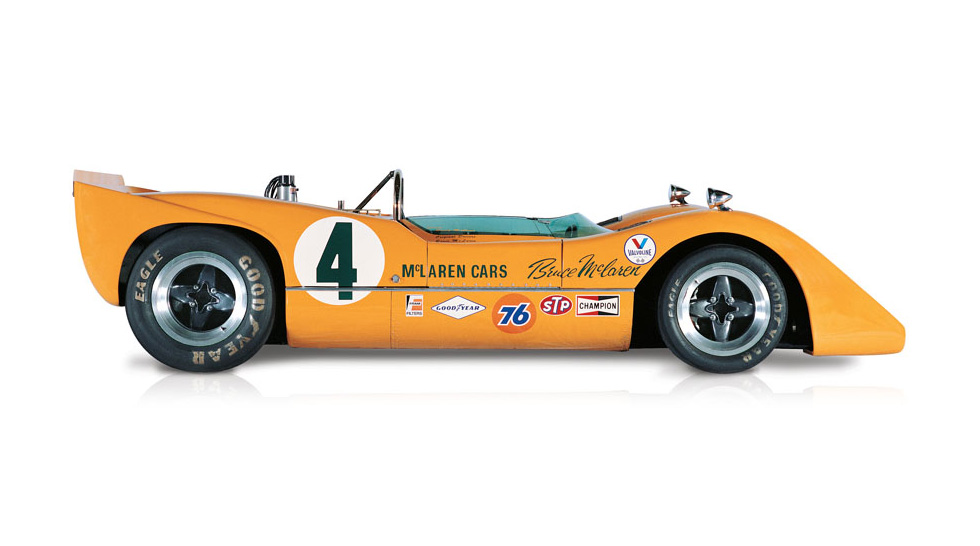
McLAREN M7A
Designed by Robin Herd and Gordon Coppuck, the elegant M7A was the first McLaren powered by the Ford Cosworth DFV engine. Second in the Constructors' title in '68, the impressive M7A won the Italian and Canadian Grand Prix with Denny Hulme at the wheel. At the Belgian Grand Prix, Bruce emulated Jack Brabham as the second man ever to win a Grand Prix race in a car bearing his own name.
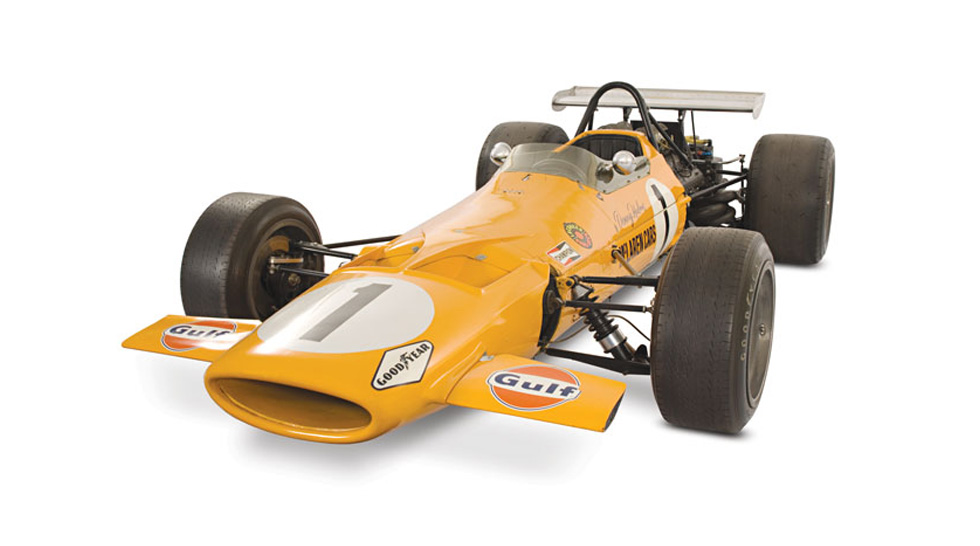
McLAREN M6GT
Successive Cam-Am victories brought funds into the company, and Bruce – always more than a driver – was keen to test his skills as an innovator, designer and entrepreneur. Bruce's intention was to build the ultimate sports car, and to build it to the highest specification possible. An approach echoed decades later with the awe-inspiring McLaren F1 project.
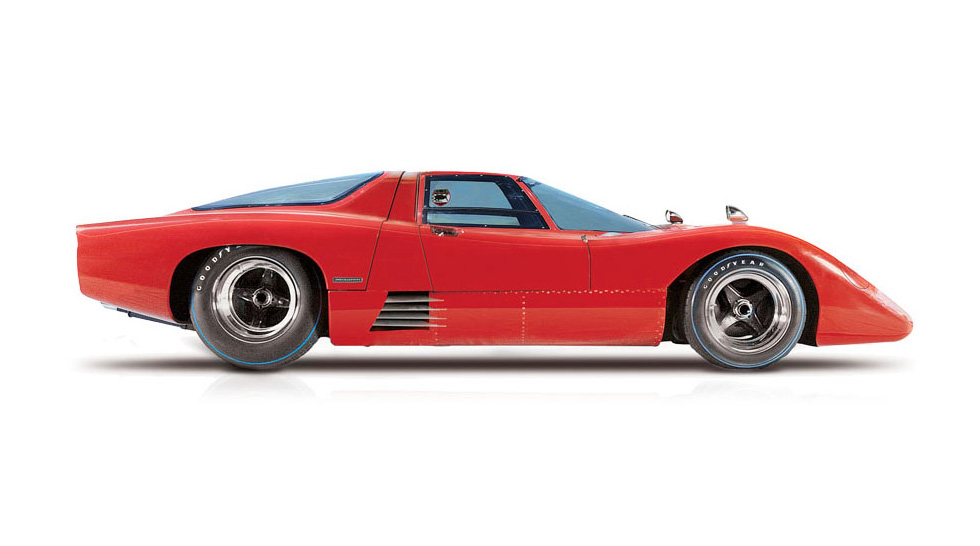
McLAREN M16
The M16's radical wedge shape, while familiar in Formula 1™, caused astonishment at Indianapolis. The Gordon Coppuck design, however, proved ideal for the continuous high-speed running that characterised Indy racing.
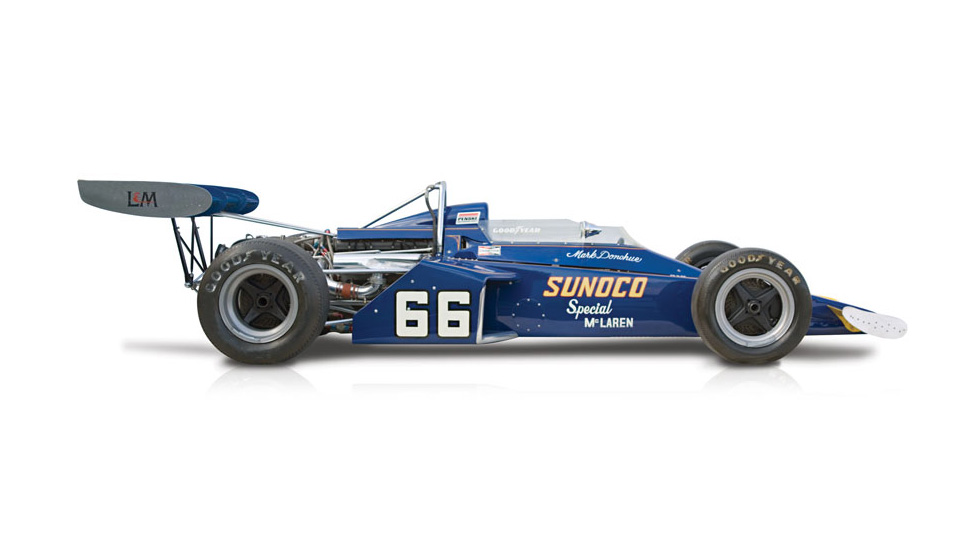
McLAREN MP4/1
Arguably the most significant car in McLaren's long history, the John Barnard designed MP4/1 was the first carbon composite Formula 1™ car. Light, strong and stiff, the carbon construction methods introduced by Bernard produced the greatest single contribution to driver safety of any innovation in the sport's history.

McLAREN MP4/4
After five test laps in the new MP4/4, Alain Prost told Team Principal Ron Dennis the car would win the World Championship. It won 15 out of 16 races. Senna won 8 races to take the World Championship. Senna and Prost also took first and second place an astonishing 10 times.
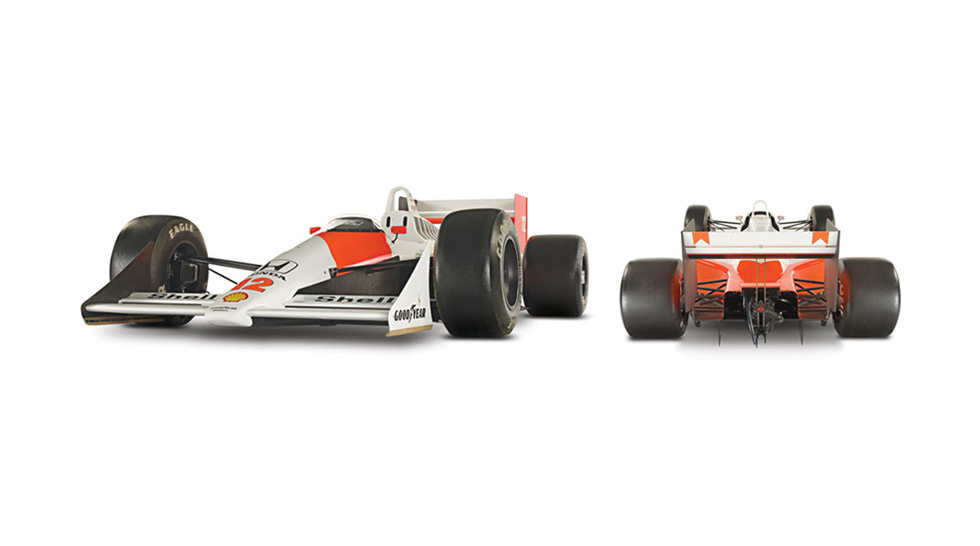
McLAREN F1
Beautiful to look at and exhilaratingly quick, the record slaying McLaren F1 changed super car history. A technological masterpiece, it was the world's first carbon fibre road car, the world's fastest production car and is still the fastest naturally aspirated road car ever built.
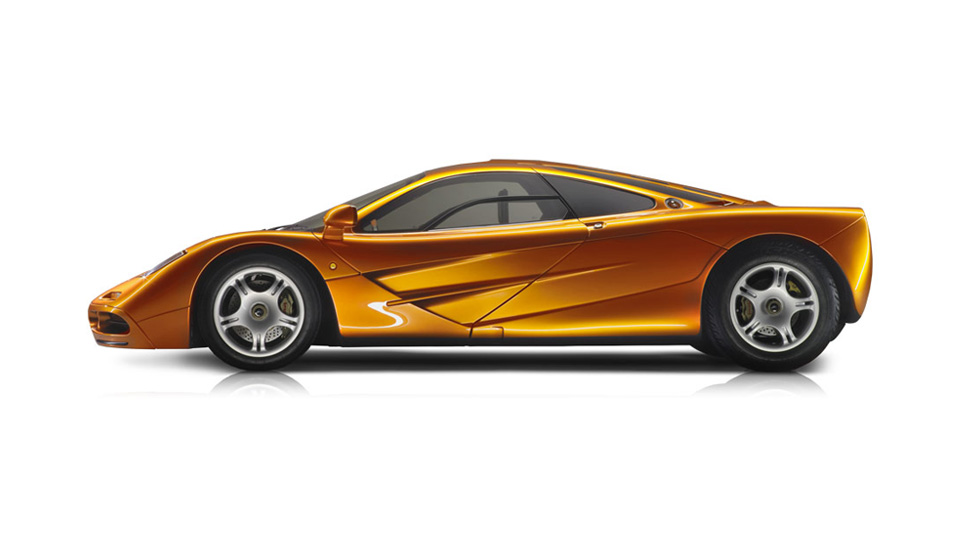
McLAREN F1 GTR
McLaren was born and raised on the track, so it was inevitable that we would create a race-ready version of the F1. Modified slightly from the road car, the F1 GTR was entered in Le Mans in June 1995, and achieved a feat no other debutant manufacturer has ever managed. As well as winning, McLaren dominated the podium and occupied four of the top five places. In just 24 magical hours, the greatest supercar of its generation had become the most successful British race car of modern times.

McLAREN 12C
The 12C was the first McLaren designed and built production car since the legendary F1. A pure McLaren, its innovative design and Formula 1™-sourced technologies made it one of the most versatile and potent supercars on the road.
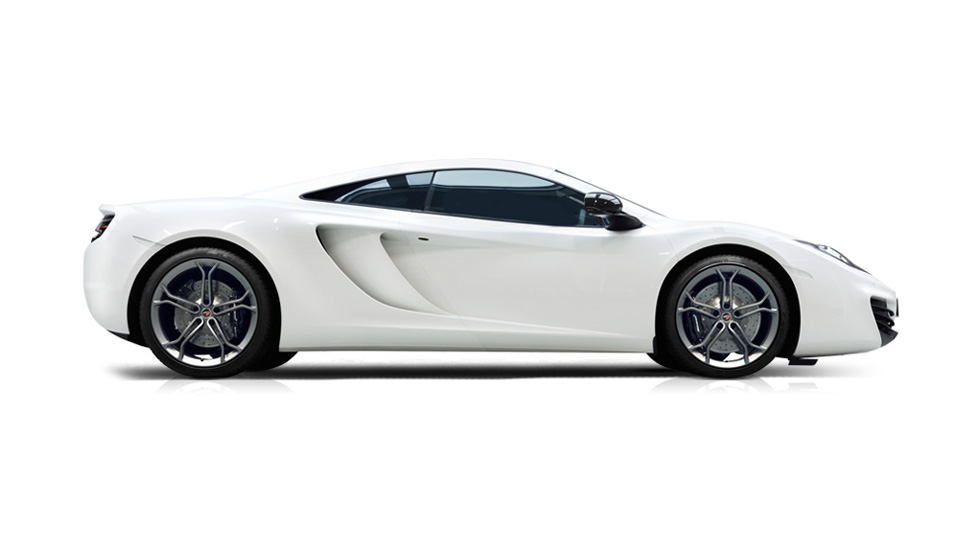
McLAREN P1™
Intelligent, adaptive and astoundingly quick, the McLaren P1™ is the ultimate expression of our aerodynamic expertise. Sculpted by the wind and engineered to perfection, it's the most adaptive, responsive and stimulating road car the world has ever seen.

650S
Every time you approach your 650S, you'll feel the same tingle of excitement as when you first set eyes on it. Every panel, every surface, every detail has been painstakingly designed to take your breath away and enhance the thrill of the drive.
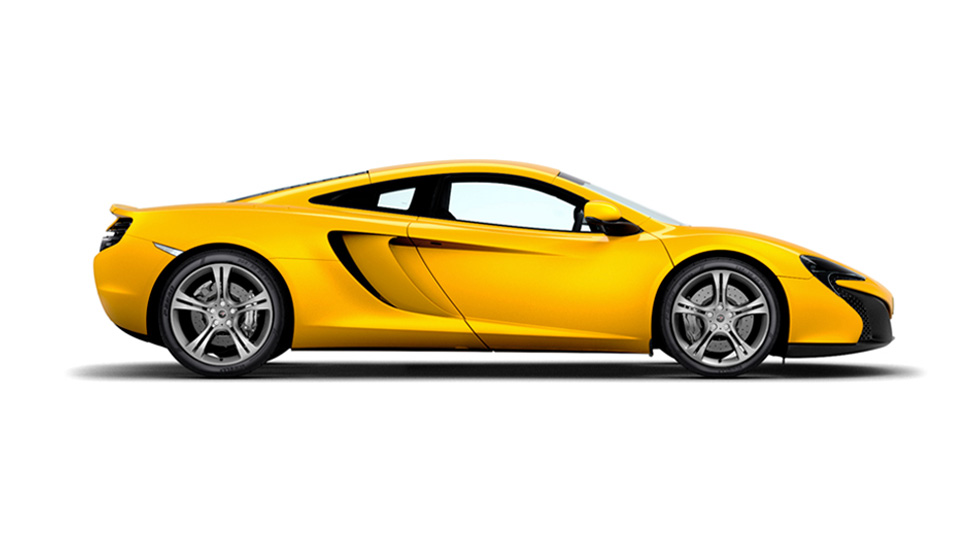
675LT
The 1997 McLaren F1 GTR 'Longtail' was the ultimate evolution of the Le Mans-winning F1 GTR. Almost two decades on, the limited-edition 675LT follows its uncompromising ethos to create a visceral driving experience of unique intensity. More power, less weight, more precision – nothing has escaped our attention in the quest for perfection on both road and track.
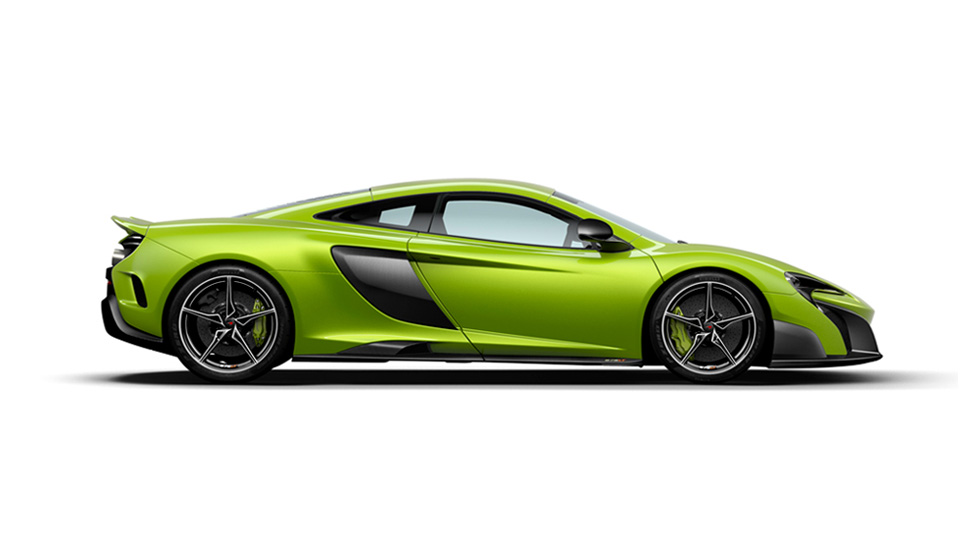
570S
It's the ultimate sports car experience. Completely driver-centric and performance oriented, the 570S Coupé is equally at home on the track as it is on the open road.
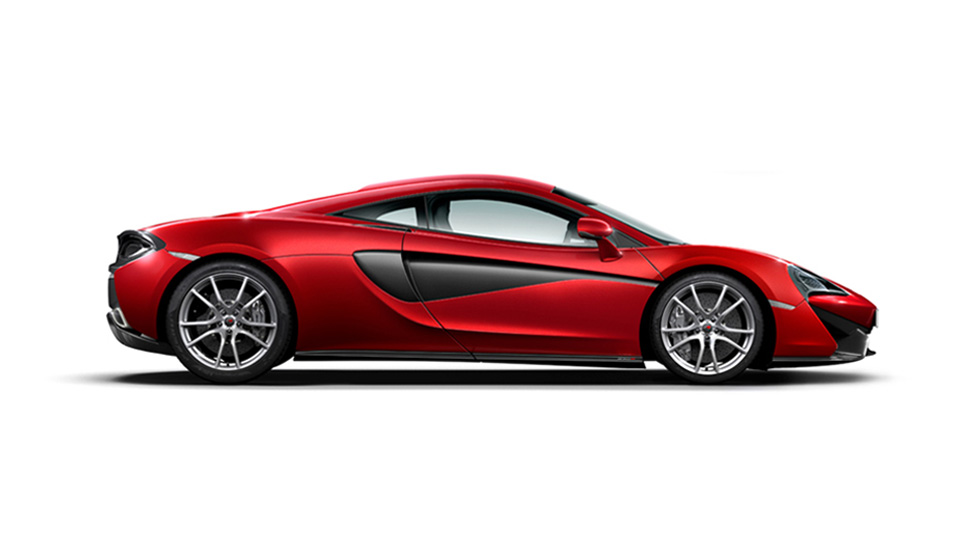
540C
Practicality is not a word normally associated with a top end sports car. But the Sports Series 540C offers everyday convenience in the ergonomically designed interior.

570GT
The 570GT adds extra comfort and practicality to breathtaking performance. Every bit a McLaren, it's optimised for the road and makes the ultimate sports car experience one that's perfect for daily use, longer journeys and weekends away.
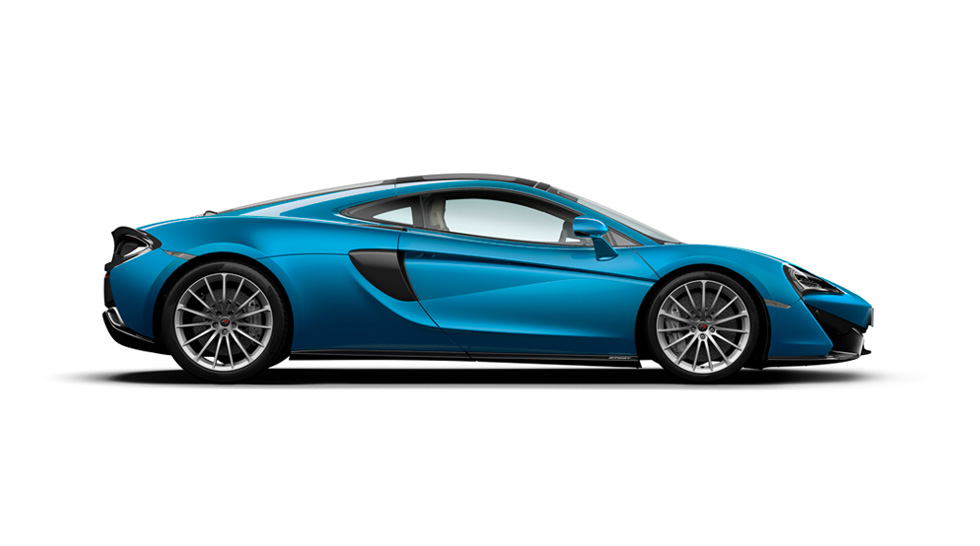
720S
The 720S embodies our relentless quest to push the limits of possibility. Lighter, stronger, faster. It's all of these and more. But how it makes you feel is altogether something else. Prepare to push the limits of what you thought possible in a supercar.
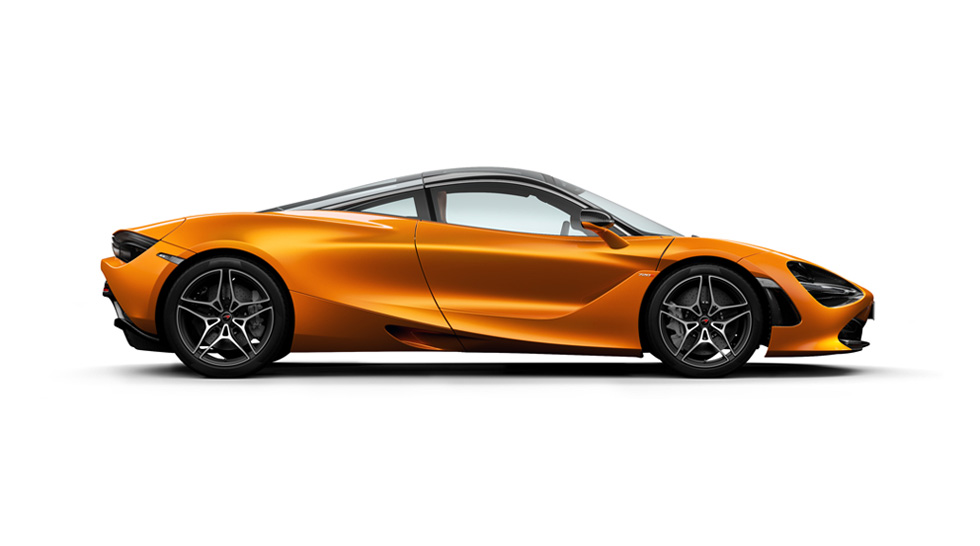
570S SPIDER
All the performance of the Coupé plus the extra exhilaration of open-air driving. The 570S Spider brings you closer to the elements in a design that's equally stunning with the roof up or down.

McLAREN SENNA
The McLaren Senna is the personification of McLaren's DNA at its most extreme, creating the purest connection between car and driver. It is the most track-focused road car we have ever built, and it will set the fastest lap times of any McLaren to date.
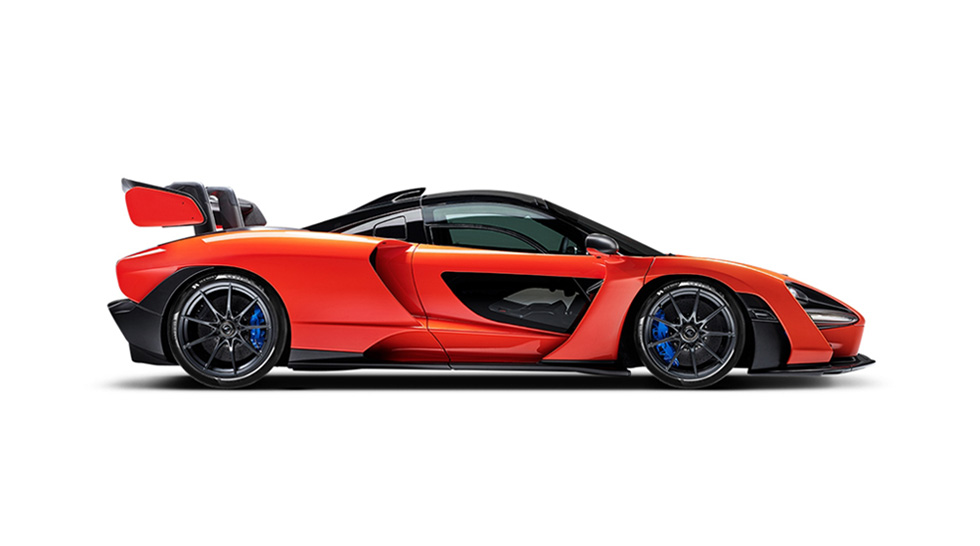
600LT
This is the 600LT. The next chapter in the storied history of the McLaren 'Longtail'. Only the fourth McLaren in two decades to receive the LT – or 'Longtail' – name. It lives and breathes the relentless spirit of its 'Longtail' predecessors.
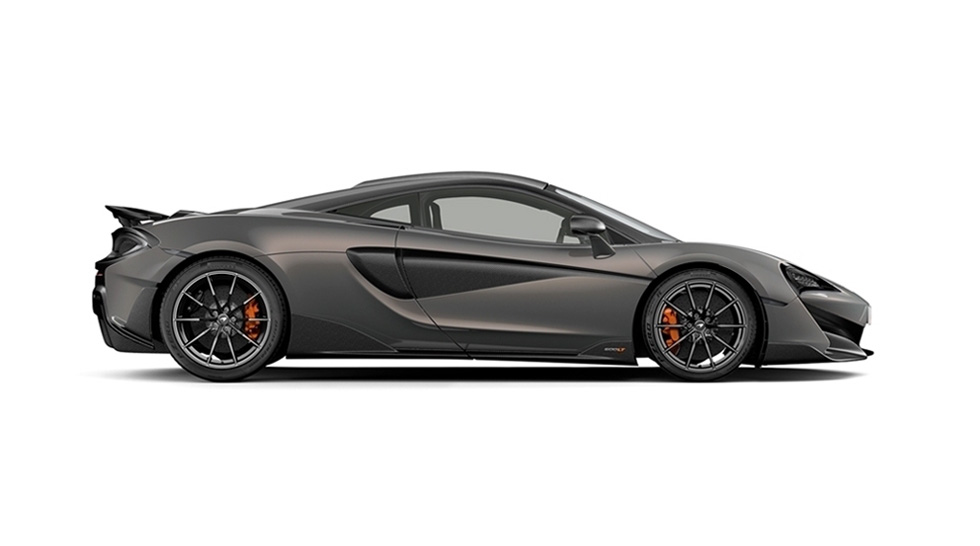
720S SPIDER
The 720S Spider delivers the best of both worlds… a convertible supercar that's every bit as thrilling as the Coupe. That means the same nerve-tingling rush, now available with the roof down.
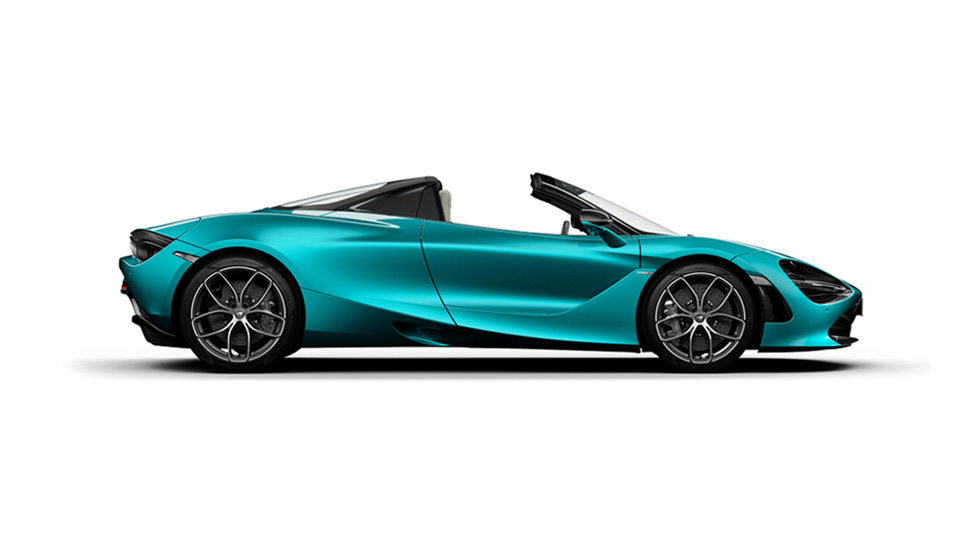
SPEEDTAIL
A pure fusion of science and art in automotive form. The Speedtail is McLaren's first ever Hyper-GT. Our most aerodynamically efficient car ever. And the fastest McLaren to date.
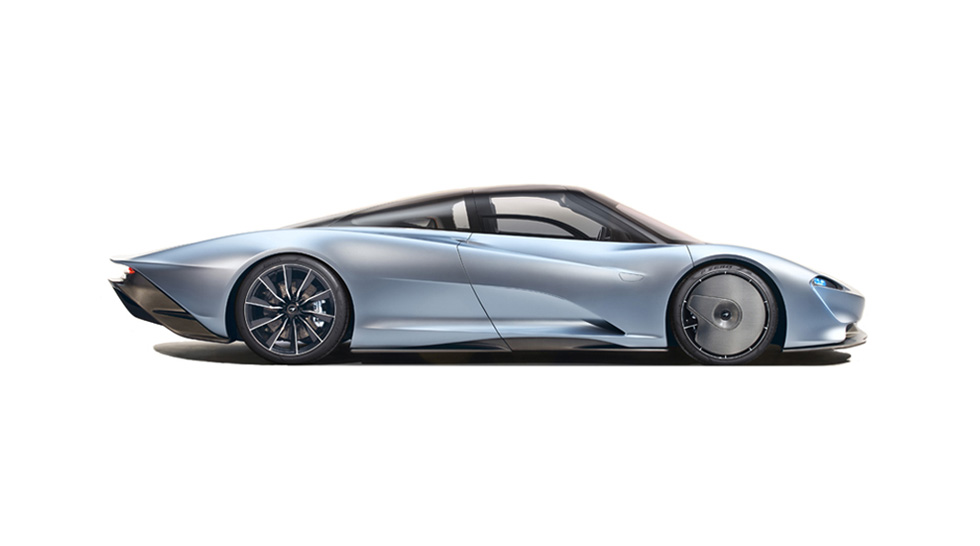
600LT SPIDER
To provide undiluted feedback and encourage you to push. To the edge and even further. The new McLaren 600LT Spider takes this formidable mix and intensifies it – heightening every sensation.
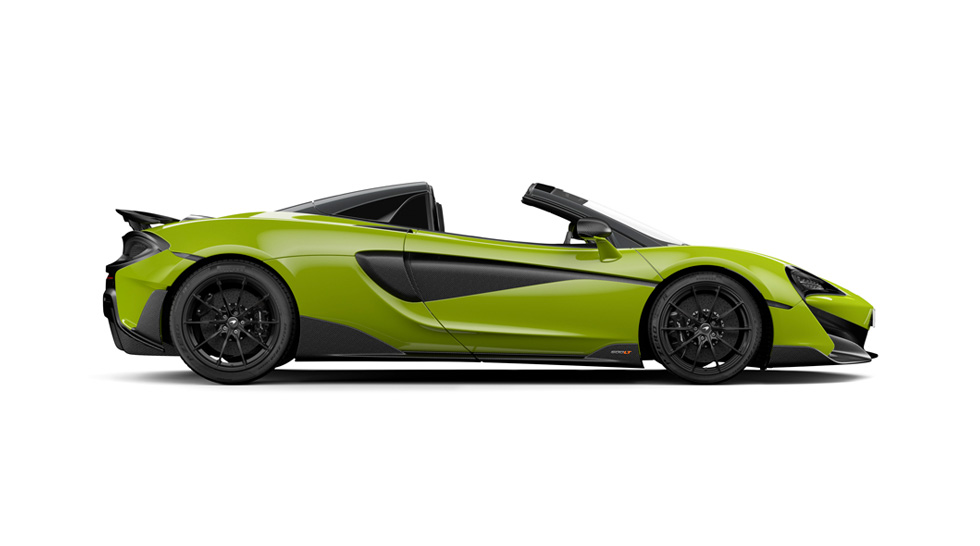
GT
The new superlight GT reimagines the breed. And the results are extraordinary. Strikingly beautiful. Engineered for continent-crossing capability. With an engaging yet comfortable ride. And generous luggage space…
